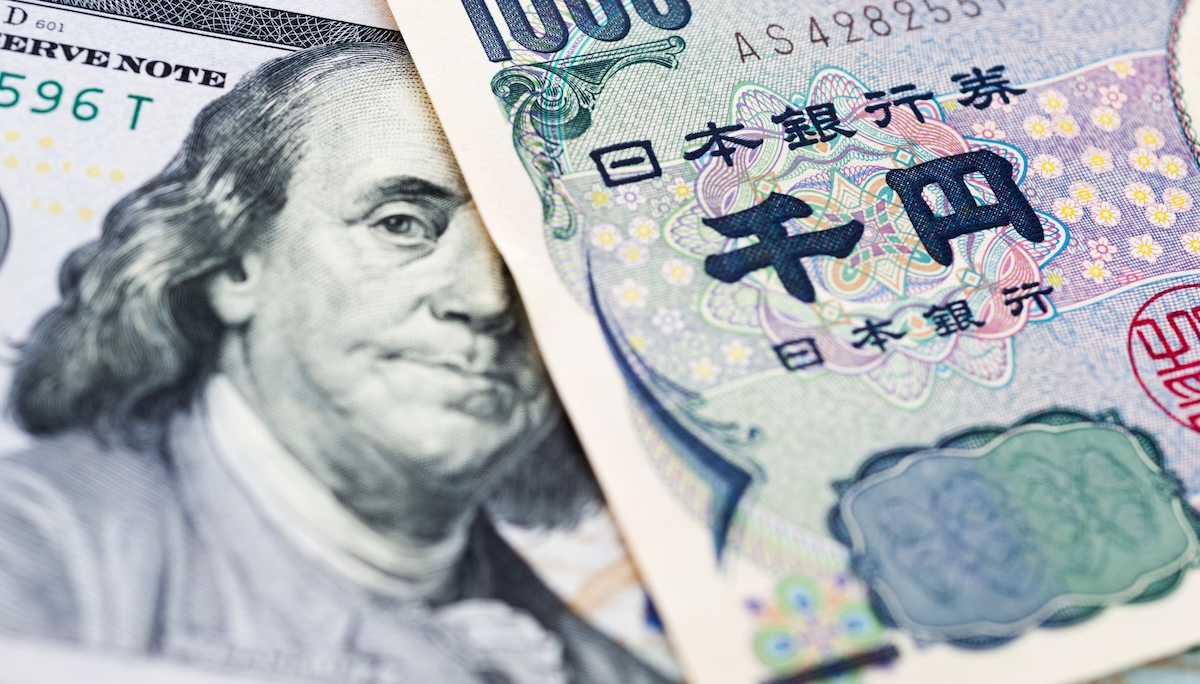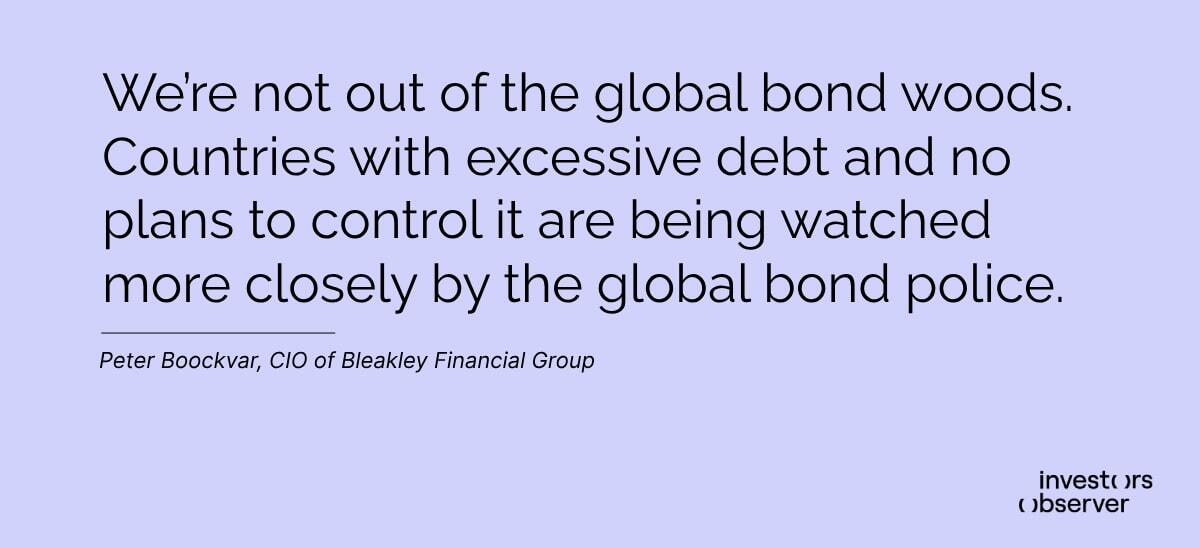
The most damning appraisal of Japan’s deepening fiscal troubles came straight from the top. Speaking before Parliament this week, Prime Minister Shigeru Ishiba called the country’s fiscal situation “worse than Greece.”
He was likely referring to Greece’s 2009 sovereign debt crisis, not the country today, which has returned to investment-grade status and even reported a budget surplus last year.
Nonetheless, Ishiba’s stark assessment rattled investors and triggered one of Japan’s worst bond sell-offs in decades.
Tuesday’s long-term bond sale saw the weakest demand since 1987, signaling that buyers are backing away from Japanese debt.
The 20-year government bond yield climbed to 2.6%, the highest since 2000. The 30-year yield hit a new record of 3.2%, while the 40-year is at an all-time high of 3.6%.
Experts say this isn’t a short-term event but a consequence of policy shifts years in the making.
“This isn’t some abstract financial event,” wrote B:Side Capital Fund CEO Christopher Myers in a Substack post. “It’s a flashing red light. It’s what happens when a country tries to ride debt and low rates forever in a world that’s stopped playing along.”
Japan’s bond sell-off is now being seen as a cautionary tale for the U.S., another superpower buckling under debt and losing face fast.

“It’s a market rebellion”
Myers traced Japan’s unraveling back to the aftermath of its 1992 asset price collapse. The Bank of Japan cut rates to zero and began buying bonds in bulk, a strategy later mimicked by the U.S. during the 2008 crisis.
By 2016, the BOJ was snapping up everything from short-term paper to 40-year bonds. At one point, it owned more than half of Japan’s entire government debt market.
For years, that strategy worked — even with Japan’s debt-to-GDP ratio soaring to 260%. Yields remained below 1% until recently. But now, the yield curve is steepening, and investors are balking.
“For a country like Japan, that’s not just a rate spike,” Myers said. “It’s a market rebellion.”
BOJ Governor Kazuo Ueda has begun unwinding the bank’s ultra-loose policies. In 2023, the BOJ raised rates for the first time in 17 years, ending its negative-rate era. But Ueda has admitted the road ahead is tricky.
“We will have to be careful about what happens to financial institutions, to borrowers, and to aggregate demand,” he said. “It’s going to be a serious challenge.”
A warning for Washington
Japan’s market shock is rippling across the globe, and it’s landing on U.S. shores just as America faces its own debt reckoning.
The U.S. has $9.2 trillion in debt maturing this year. Its debt-to-GDP ratio is now approaching 130%. And after Moody’s downgraded U.S. credit last week, yields surged again. The 30-year Treasury topped 5.037%, inching closer to its 2007 peak.
Investors are now balking at U.S. debt, too. A $16 billion auction for 20-year Treasuries on Wednesday drew lackluster demand, echoing Japan’s own failed sales.
“We’re not out of the global bond woods,” warned Peter Boockvar, CIO of Bleakley Financial Group. “Countries with excessive debt and no plans to control it are being watched more closely by the global bond police.”
If Japan dumps any of its $1.3 trillion U.S. Treasury stockpile to stabilize its own market, the U.S. could face an even bigger supply shock, sending yields higher and prices lower.

The policy experiment isn’t over
Some believe the age of aggressive central bank intervention is nearing its end. Others say, not so fast.
Jeroen Blokland, founder of the Blokland Smart Multi-Asset Fund, argues that aging populations, stagnant growth, and ballooning social costs will force governments to keep spending and central banks printing.
“Policymakers will ‘buy’ growth with debt,” Blokland said. “And with mandatory spending on aging, healthcare, defense, and more going through the roof, the last thing they need is spiking interest costs.”
In other words, the era of extraordinary monetary policy may be far from over. If anything, it may return “with a vengeance.”
Your email address will not be published. Required fields are markedmarked